Preserving fruits and vegetables is a timeless practice that not only extends their shelf life but also retains their nutritional value and flavor. Whether you’re a seasoned gardener with a surplus harvest or a savvy shopper looking to minimize food waste, mastering the art of preservation is key. In this guide, we’ll explore various methods to preserve fruits and vegetables effectively while ensuring food safety.

1. Understanding the Basics of Preservation:
Before diving into specific preservation techniques, it’s essential to understand the fundamentals. Preservation methods aim to inhibit the growth of microorganisms, enzymes, and other factors that lead to spoilage. Factors such as temperature, moisture content, acidity, and oxygen availability play crucial roles in determining the effectiveness of preservation methods.
2. Canning:
Canning is a popular method of preserving fruits and vegetables by sealing them in airtight containers and subjecting them to heat. The heat destroys microorganisms and enzymes, preventing spoilage. There are two main methods of canning: water bath canning and pressure canning. Water bath canning is suitable for high-acid foods like fruits and pickles, while pressure canning is necessary for low-acid foods like vegetables and meats.

3. Freezing:
Freezing is one of the simplest and most versatile methods of preserving fruits and vegetables. It involves rapidly lowering the temperature of food to below freezing, which halts the growth of microorganisms and enzymes. Before freezing, it’s essential to properly clean, blanch, and cool the produce to maintain quality. Vacuum sealing or using airtight containers can further prolong the shelf life of frozen fruits and vegetables.
4. Drying:
Drying, or dehydration, involves removing moisture from fruits and vegetables to inhibit microbial growth. This method dates back centuries and is still widely used today due to its simplicity and effectiveness. Dried fruits and vegetables can be enjoyed as snacks or rehydrated for use in various dishes. Sun drying, oven drying, and using food dehydrators are common techniques for drying produce.

5. Pickling:
Pickling involves immersing fruits or vegetables in a solution of vinegar, salt, and spices, which creates an acidic environment that inhibits microbial growth. The acidity of the pickling solution not only preserves the produce but also enhances its flavor. Pickled fruits and vegetables can be enjoyed on their own or as accompaniments to dishes.
6. Fermentation:
Fermentation is a natural preservation method that relies on the activity of beneficial microorganisms, such as bacteria and yeast, to convert sugars into acids and alcohol. Fermented fruits and vegetables undergo a transformative process that enhances their flavor and nutritional value. Common fermented foods include sauerkraut, kimchi, and fermented pickles.

7. Proper Storage:
Regardless of the preservation method used, proper storage is essential to maintain the quality and safety of preserved fruits and vegetables. Store canned goods in a cool, dark place away from direct sunlight and extreme temperatures. Frozen produce should be kept at a constant temperature of 0°F (-18°C) or below. Dried fruits and vegetables should be stored in airtight containers in a cool, dry place. Pickled and fermented foods can be stored in the refrigerator for short-term use or processed for long-term storage.
8. Food Safety Considerations:
While preservation methods can extend the shelf life of fruits and vegetables, it’s crucial to prioritize food safety to prevent foodborne illness. Always use clean utensils, containers, and surfaces when handling produce. Follow proper canning procedures to prevent the growth of harmful bacteria like Clostridium botulinum. When in doubt, discard any preserved food that shows signs of spoilage, such as mold growth, off odors, or unusual texture.

Preserving fruits and vegetables is a rewarding way to minimize food waste, enjoy seasonal flavors year-round, and maintain a well-stocked pantry. By mastering various preservation techniques and following food safety guidelines, you can savor the taste of your favorite produce long after the harvest season ends. Experiment with different methods, get creative with flavors, and enjoy the fruits of your labor for months to come.
♦ Our Recommended Kitchenware
Canning Jars:
Quart Size Jars with Airtight Lids and Bands for Canning
Vacuum Sealer:
Vacuum Sealer Machine Powerful 90Kpa Precision 6-in-1 Compact Food Preservation System with Cutter
Storage Shelves:
4-Shelf Adjustable Heavy Duty Storage Shelving Unit
Airtight Containers:
Rubbermaid Brilliance BPA-Free Airtight Food Storage Containers

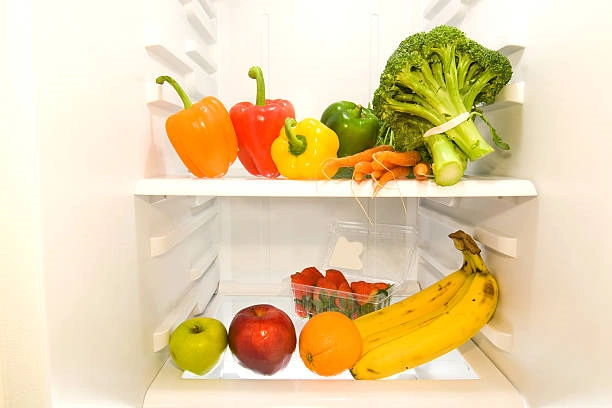

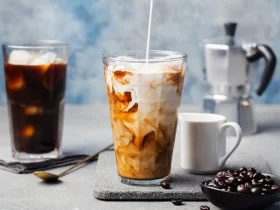

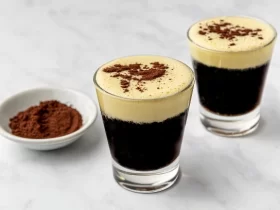
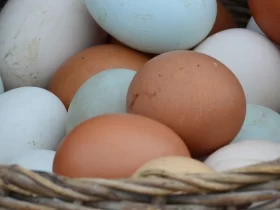

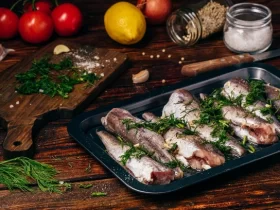

This guide on preserving fruits and vegetables is a treasure trove of information for anyone looking to make the most of their harvest or grocery haul. The step-by-step instructions and tips provided here have given me the confidence to experiment with different preservation techniques and elevate my cooking game.”
“I love how this guide simplifies the art of preserving fruits and vegetables. As a food lover, I now feel equipped to stock up on fresh produce and preserve them efficiently for later use. The tips on storage, packaging, and preserving methods are invaluable for anyone who enjoys cooking with quality ingredients.”
I had no idea there were so many different ways to preserve fruits and veggies!